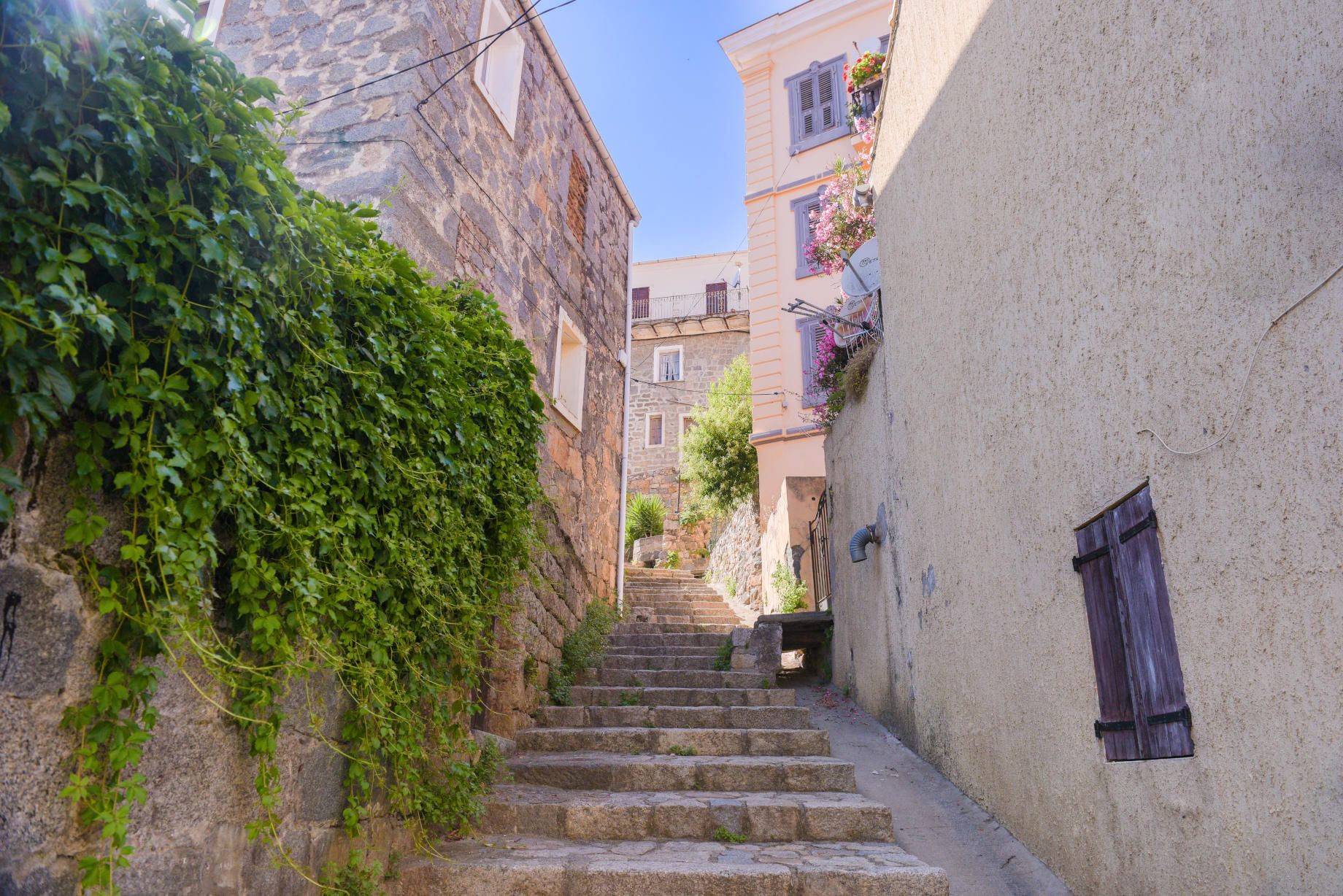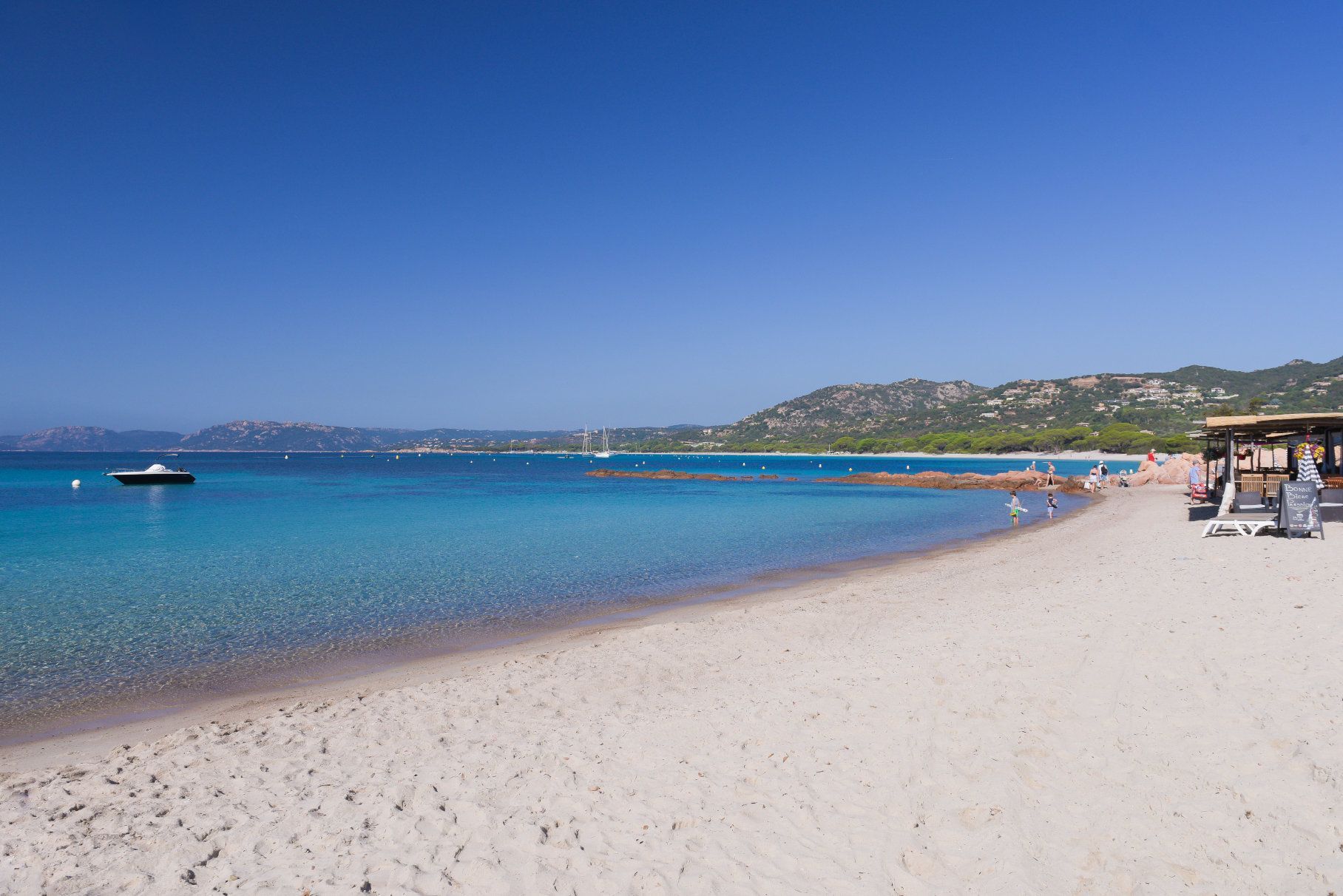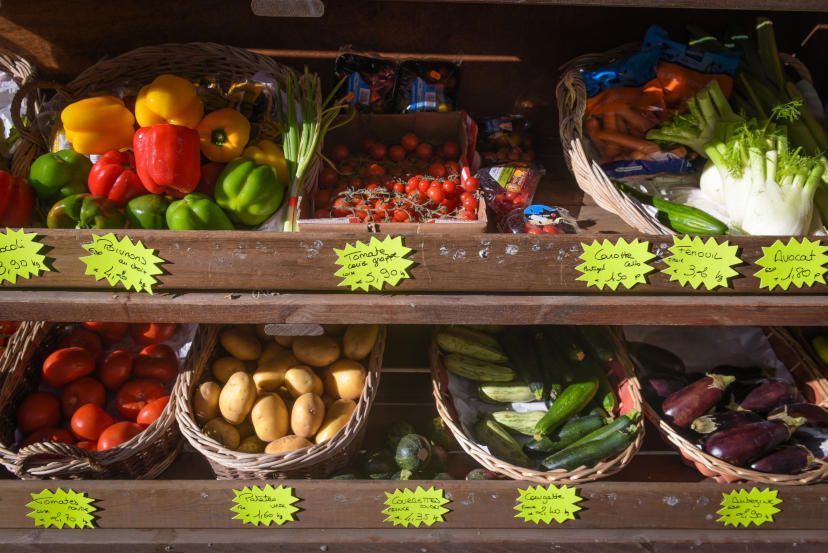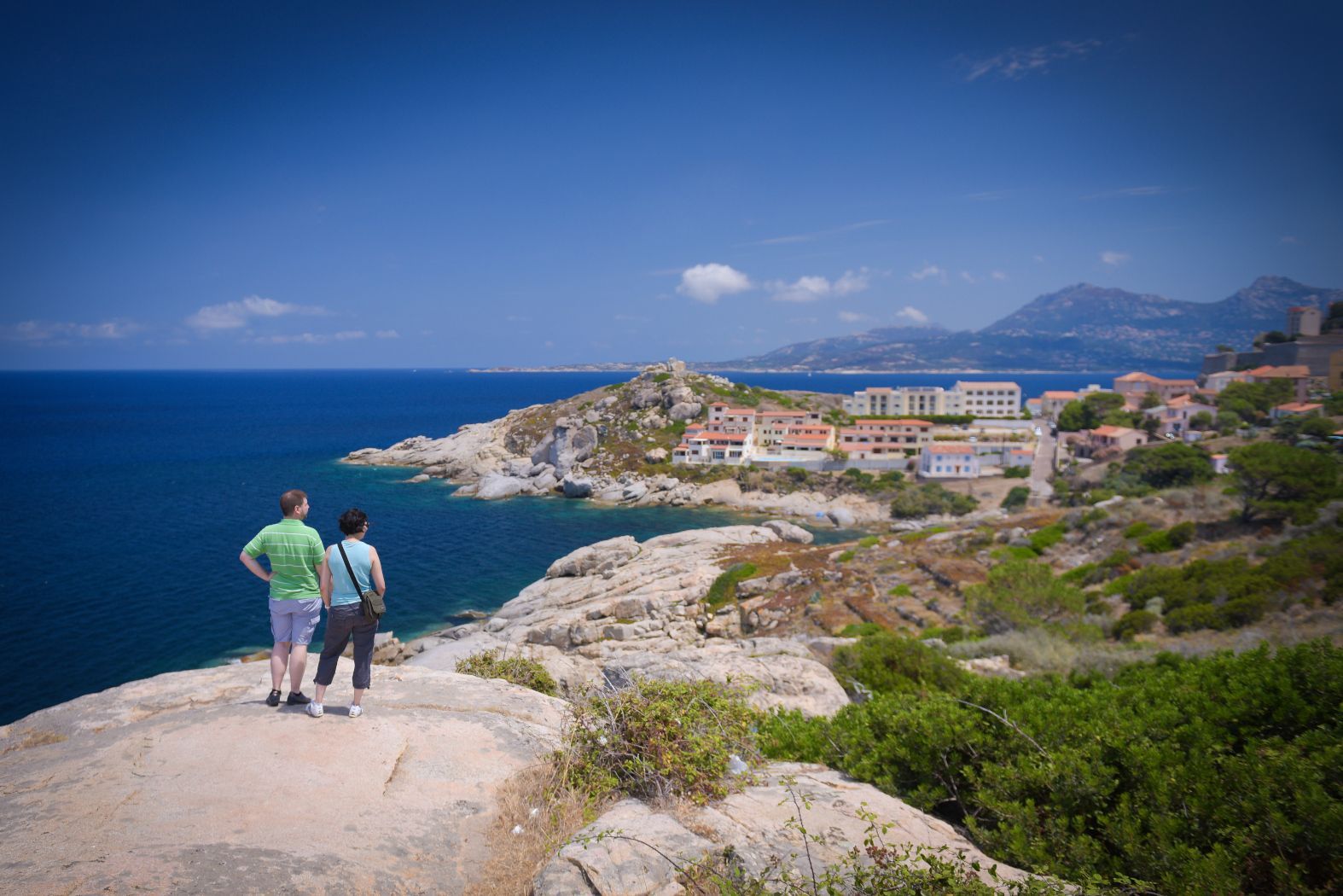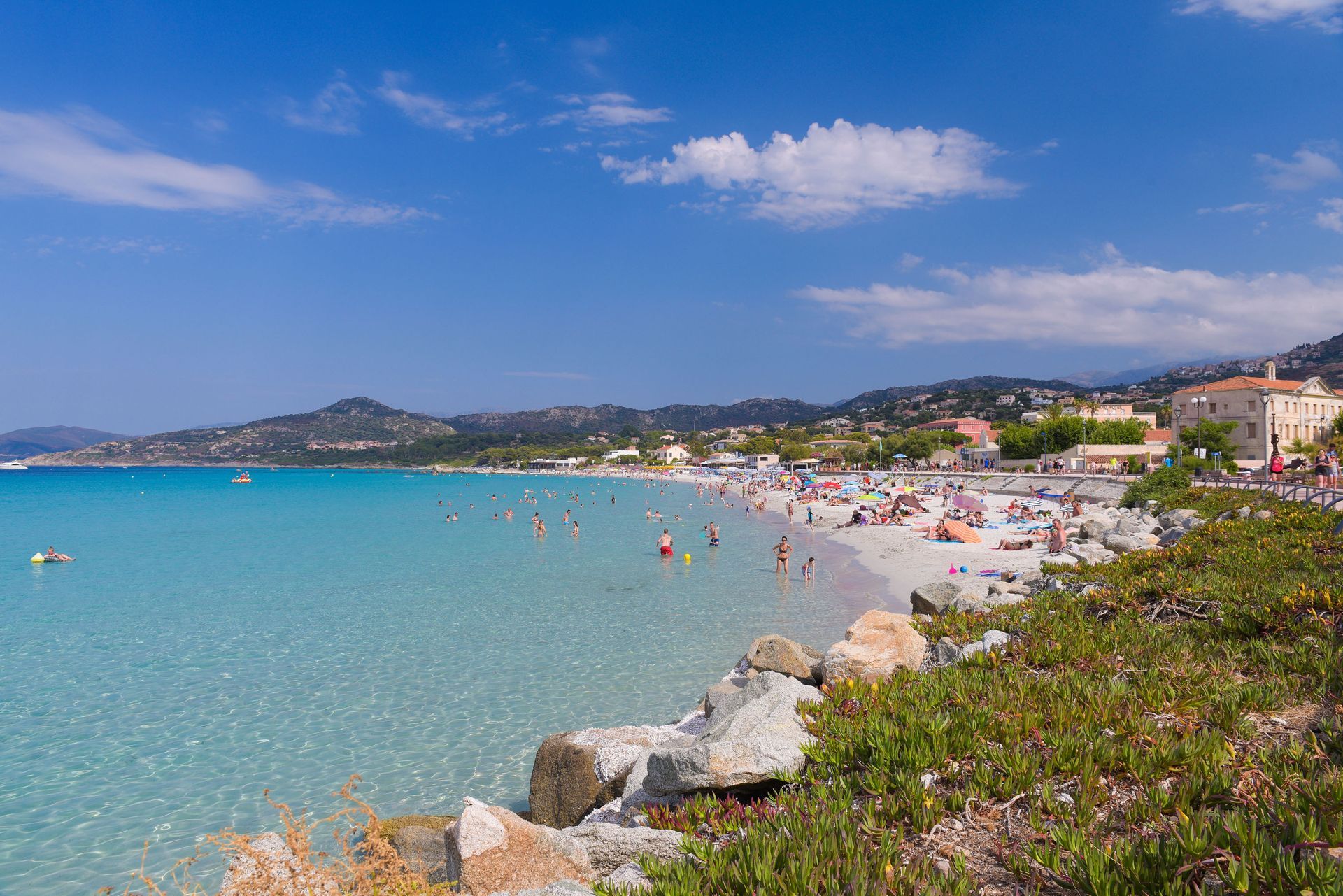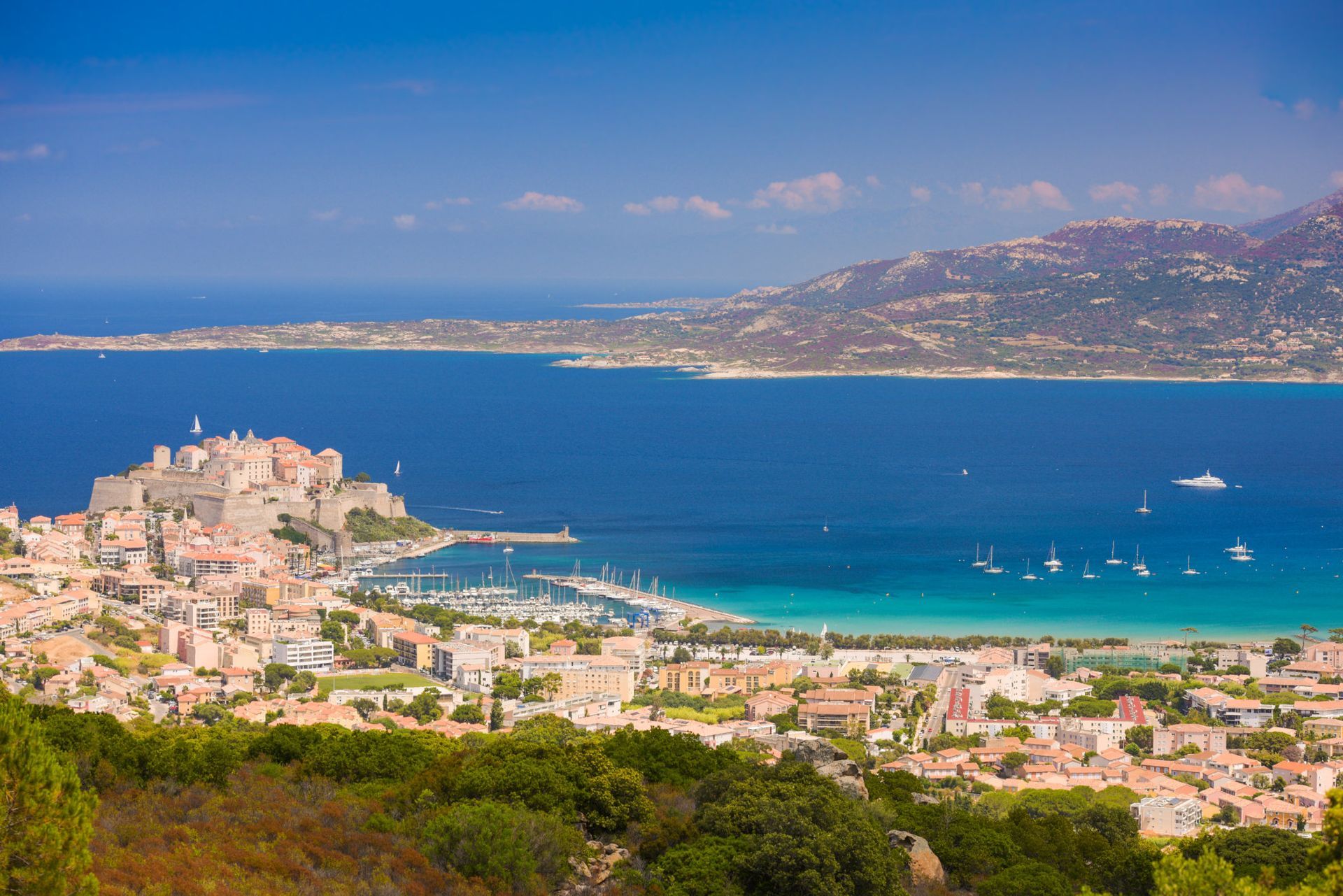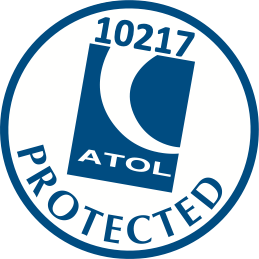Why Corsica is a must visit destination
Why you should visit corsica
Corsica remains a holiday destination little-known to the British market.
The most recent survey revealed that less than 30% of the UK population could actually point to Corsica on a map and the majority of those questioned believed it was part of Italy! This really is such a shame because the island ticks so many boxes for almost every type of holiday and, whilst not the cheapest destination in the world, offers exceptional value for money for the discerning traveller.
Having lived and worked on the island (in the tourism business) for over 20 years, I consider myself pretty much an expert on what the island has to offer and the reasons why it should figure on everyone’s list as a choice of destination for those seeking Mediterranean sunshine, breath taking scenery, award-winning beaches and fabulous food & wine.
Below are a list of useful questions & answers that will, hopefully, add Corsica to the list of your potential destinations.
What sort of traveller does Corsica suit?
In all honesty, there are very few holiday criteria that Corsica doesn’t meet!
Families:
With over 1 000km of coastline, on which there are over 200 sandy beaches, there’s no lack of opportunity to sunbath and swim in the crystal-clear blue waters, enjoy water-sport activities, relax over a lazy lunch at a beach restaurant. Many beaches are gently shelving so the water is shallow and warm making them ideal for non-swimmers & kids and a number have segregated areas that have lifeguard surveillance. Whilst the island doesn’t have any theme parks or water parks, there are several adventure trails where kids can let off steam and cycle hire shops (manual or electric) are abundant.
Couples:
The islands beautiful beaches and scenery are perfect for those looking for a quiet romantic getaway of just a simple, relaxing break from the hustle and bustle. Several hotels on the island have their own ‘private’ beach where you can be assured of a sun-lounger on which to soak up the sun whilst sipping your favourite cocktail brought to you by the waiter! Other hotels have their own extensive gardens in which to wander and enjoy the sunset or, for those seeking something a little more lively, there is a vast choice of restaurants, bars and cafes available to choose from in the towns and villages scattered around the island.
Active types:
There are literally thousands of well-signposted walks throughout the island, with varying degrees of difficulty, ranging from gentle strolls by the beach, to circular routes in the foothills through the maquis, or, for the most accomplished walkers, the GR20 – officially the hardest hiking trail in Europe which takes 14 days to complete. For those preferring two-wheeled exploration, there are cycle hire shops in most towns and some of the larger villages, providing both electrically assisted and manual bikes in road or all-terrain styles the latter of which, again, can be used to explore well-defined routes through the countryside.
Given that the island is blessed with a magnificent coastline, watersports are readily available in most seaside towns, offering sea kayaks, mini catamarans, windsurfers stand-up-paddle etc as well as jet-skis and boat-towed inflatables. Boat hire with or without a skipper is also readily available and the major port towns also offer excursions to the more popular sites such as Saleccia, Scandola, the cliffs of Bonifacio and the Sanguinaire and Lavezzi islands.
Horseriding is also a readily available activity, and many stables offer outings along the beaches and in the sea as well as up into the hills.
The island also boasts 5 FFG homologated golf courses, being one of 18 holes at Sperone (known as the ‘Pebble Beach of Corsica) and being designed by Robert Trent Jones, plus a further 4, nine-hole examples at Reginu, Borgo, Lezza and Murtoli.
Tennis and, increasingly, padel are also well represented activities, but mainly in the larger towns.
Foodies:
The food on the island is a wonderful fusion of Italian and French styles but also incorporates the traditional Corsican preferences in some of its dishes. Depending on your preferences of style, ambience and price there will always be something to suite your taste and, as per French law, all restaurants must display their full menu, with prices, such that they are visible from outside the premises. Corsican eating establishments have also made huge progress in recent years in catering for those with dietary issues, allergies and intolerances and most will provide a minimum of gluten free and vegetarian options. (However, vegan choices are more limited and Kosher & Halal options are seldom proposed.)
The main base of most dishes is meat – primarily veal, chicken and lamb and beef also does feature but, whilst being available in many restaurants, despite being a Mediterranean island, for primarily historic reasons, fish and seafood are not at the forefront of Corsican cuisine – and that which is available can be expensive. Nevertheless, the choices of styles of food available from grills, casseroles and salads to pizzas, pasta and risotto and the majority of restaurants propose fresh, locally sourced produce in their offer.
A good meal requires a good wine and Corsica has no shortage of choice. Whilst the island is best known for its rosé ‘gris’ (a very light pink coloured and crisp version of rosé) the reds are also highly rated (and occasionally taken chilled!) and several whites are now considered to be of award-winning quality. For those who prefer a longer, more refreshing accompaniment, the island produces an amber beer made from chestnuts, as well as more orthodox blondes and also white beers. The number of micro-breweries on the island has proliferated since COVID and there are now over 20 that offer an interesting range including IPA’s, wheat beers, stouts and more.
Wine connoisseurs:
Corsica boasts over 300 wine producers making over 410,000 hectolitres of wine from vines covering over 6,000hectares. The island is divided into 9 AOP and 1 IGP regions with approximately 70% of the production being rosé, and 15% each of red and whites produced from 4 main varietals of grape; sciaccarellu, niellucciu, vermentino and muscat.
The vineyards form an almost continuous band on the hills rising from the coast, so those wishing to experience (and taste!) the continually improving wines can easily enjoy a trip through the beautiful countryside interspersed with visits to vineyards and tasting opportunities. Indeed, for British oenologists, visiting the island is almost the only way to appreciate the island’s wines as less than 10% of the production is actually exported to the UK.
Culture vultures:
Corsica has a rich, varied and often turbulent history, having been ‘owned’ by over a dozen different ‘regimes’ since the beginning of its documented history. These included the Greeks, Romans, Vandals, Byzantines, Moors, Pisans, Genoese and even, for short periods, the Germans and English, before being finally established as e region of France.
In consequence, there is wealth of examples of Corsican history in the form of architecture, art, ancient remains, museums and festivals throughout the island which offer a detailed chronology of the evolution of the island over the past 8,500 years!
Naturalists:
Corsica can be an ornithologist’s nirvana, whether spotting in the maquis, the lagoons or the mountains. Depending on the time of year, Red kite, Lammergeier, Golden eagle, Osprey, Peregrine falcon, Blue rock thrush and the indigenous Corsican Nuthatch can all be seen as well as flamingos and other migrating birds visiting the island.
Corsica also has its fair share of other wildlife including the Mouflon (a long-horned sheep) wild boar, Cistude tortoise, Hermann’s tortoise, Corsican salamander and various species of bats, snake and spider - fortunately, none of which are dangerous!
In the clear seas surrounding the island, amongst the famous red coral and the Posidonia (Neptune grass) there are conger eels, moray eels and a wide array of fish and crustaceans including grouper, red mullet, scorpion fish and the occasional ray, spiny and slipper lobsters, crayfish and blue and hermit crab and sea urchins.
In the many rivers that cut gorges through the island you will also find several species of trout and, in some more remote areas, otters and wild cats.
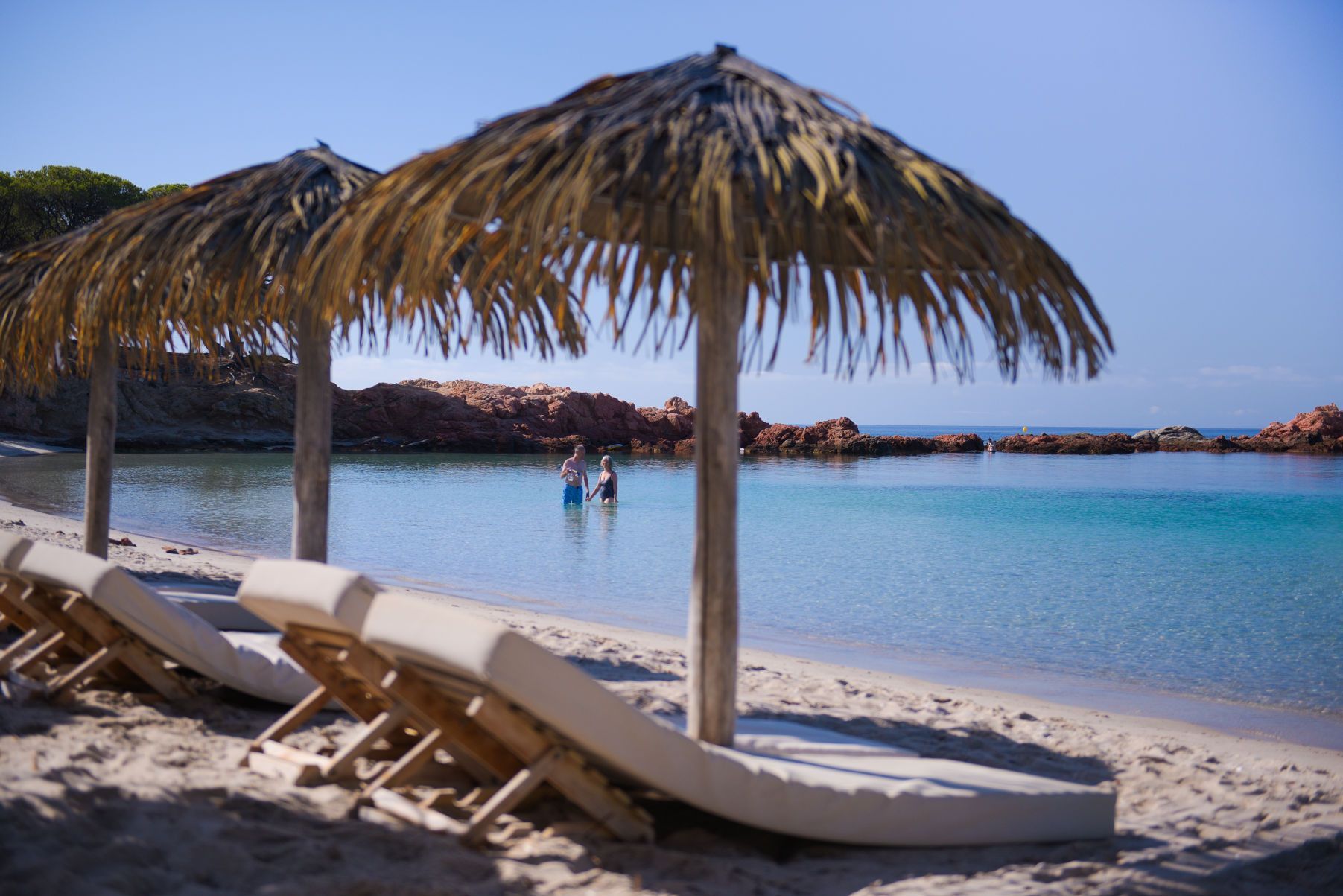
When’s the best time to go ?
The best time to visit Corsica is mid-May, June, September, or early October. These months offer warm weather, fewer crowds, and lower prices. In May and June, the island blooms with wildflowers, ideal for hiking and cycling. September and October provide warm seas and tranquil beaches, perfect for relaxation.
How long does it take to get there and how easy is it?
A major advantage that Corsica possesses in comparison to other potential destinations is that it is only around 2 hours’ direct flight time from the UK. It is the closest Mediterranean island to the UK so, if the idea of long-haul is off-putting, there’s no need to fly for hours and hours to find a taste of paradise! There are 4 airports on the island (!) 3 of which – Bastia (north-east), Calvi (north-west) & Figari (south)are served by direct flights from the UK. Unfortunately, all direct flights are currently only from London airports – Gatwick, Heathrow and Stansted but connections via Paris, Marseille and Nice still make it easy to access the island from most UK airports.
Is it easy to get around the island?
Whilst Corsica is only a relatively small island – a maximum of 184km north-south, 83km west-east - the mountainous spine running diagonally through the island with the foothills descending down to the sea makes it very difficult to construct roads in a straight line! Whilst road surfaces are exceptionally good (especially when compared to the UK) its is difficult to overtake so coaches and lorries can often serve to slow progress. Indeed, when calculating journey times, it is wise to base this on a n average speed of 50km/h. However, the scenery is magnificent so at least this gives the opportunity to enjoy it!
Public transport is sparse on the island – there are public bus services in Ajaccio and Bastia and a railway links Calvi/L’Ile Rousse with Bastia and Ajaccio via Ponte Leccia – but, again, progress is ‘pedestrian’ – although the route of the railways offers views of the island that are otherwise inaccessible.
In the main season (June – September) coach companies operate excursions and a limited number of inter-town routes (usually only during the school holidays) that enable visitors to see other parts of the island but the most practical way of being able to see the best of the island is to hire a car.
Electric cars are very much ‘en vogue’ with the hire companies on the island and, in association with this there is an impressive network of charging points all round the island (and which is increasing all the time) including supermarkets, and most hotels have at least 1 point available for guests.
Is it safe to drive?
Driving on Corsica is no more hazardous than the UK. Indeed, statistically it is actually safer! Despite some (very old) rumours, the road surfaces are invariably very good, and there are well maintained protection barriers/walls. The speed limit is 80km/h on most roads (110km/h on the limited dual carriageway south of Bastia) although in many instances there are local restrictions. Occasionally, there will be those who wish to make more rapid progress so it is best to just pull over where safe and let them be on their way – they will probably be parked outside the next boulangerie chatting with their friends!
Always ensure you can produce your driving licence and car hire contract – the gendarmerie (and other forces of order) are entitled to make random stops to check documents and impose breathalyser tests/drug swabs - all irrespective of whether a driving offence has been committed.
What would you recommend for first-time visitors?
Whilst Corsica is only a relatively small island, getting around can be a little difficult due to its topography and, as a result, the transport infrastructure doesn’t lend itself to quick progress, whichever form of transport you choose. Accordingly, it is best to be based in one geographical area at a time and not try to see everything the island has to offer in a single visit.
Nevertheless, it is possible to get a taste of all the island has to offer in a week’s stay which can then act as the basis for planning future more focused visits at a later stage.
So, to tick all the boxes - beaches, sea, countryside, mountains, food, wine, places of interest etc - there is little to argue against choosing La Balagne region of the island, and, specifically, L’Île Rousse.
The town is compact, centred around a square from which cobbled streets lined with shops & restaurants radiate out. The two beaches are literally adjacent to the town’s main car park which benefit from golden sand and shallow, limpid and warm sea (the beach also has a lifeguard in the main season so ideal for young kids and non-swimmers). There are a number of excellent hotels to choose from with prices to suit all budgets. There are many walks into the countryside that start & finish in the town and there is a market selling fresh produce every morning to make your picnics. For the active visitors, there is a choice of watersports providers and, on dry land, a superb cycle hire shop that rents out both manual and electric-assisted bikes.
In the evenings, you can enjoy a leisurely stroll up to the lighthouse atop the russet rocks that give the town its name and enjoy amazing sunsets before returning down to the wonderful evening atmosphere in the centre of the town.
For those wishing to travel a little further afield, there is the coastal railway which links with the Genoese town of Calvi where you can explore the old town perched atop a granite pinnacle and enjoy the views over the bay below, back to the snow-capped mountains in the near distance.
Given these features, a one-week stay is ideal and, as a car isn’t really necessary, it keeps the cost down!
Where are the islands best beaches?
Officially the beaches of Palombaggia & Santa Giulia south of Porto Vecchio are considered the islands best although there are many others which, being less well-known, don’t feature so strongly in the surveys but which are equally impressive. Amongst these are Bodri / Ghjuncitou west of L’Ile Rousse, Saleccia & Lodo south-west of St Florent, Plage d’Argent (Mare e Sole) south of Ajaccio, Arone south-west of Porto and Sperone east of Bonifacio.
What else is there to know about Corsica?
Corsica has a few little-known yet interesting characteristics that add to its charm, such as the free-roaming cows that frequently descend on to the less populated beaches, the herds of wild pigs that choose the chestnut forests for their habitat, the wild horses that live by the lakes high in the mountains. The island also boasts the officially hardest walk in Europe – the GR20 – that runs from Calenzana in the north-west to Conca in the south-east, and which takes even the most accomplished walker 14 days to complete. It is also a little-known fact that Horatio Nelson (prior to being Admiral Lord Nelson) lost his eye at the siege of Calvi in 1794 and that, as a consequence of that battle, Corsica was actually an Anglo-Corsican kingdom for almost 2 years under Viceroy Sir Gilbert Elliot presided over by Kind George III.
In a more modern era, Haute-Corse and Corse du Sud were the first two French ‘départements’ to be liberated at the end of WWII on 4th October 1943 and, being host to 17 US air force bases with over 50,000 personnel, became known as ‘USS Corsica’
Is Corsica expensive?
Whilst it is accepted that Corsica is more expensive both to get to and to stay on than some other more popular holiday destinations, it genuinely is a case of ‘getting what you pay for’. The food and drink is of exceptional quality, most hotels are smaller and often family-run establishments that offer a genuinely warm welcome to their guests and the slightly elevated costs mean that it is too expensive for stag / hen parties, groups of unruly youths, all-night beach parties etc – the bane of many other more popular (and cheaper) choices.
The general ambience is one of sophisticated relaxation with an emphasis on quality to be enjoyed in amazing surroundings in the warm Mediterranean sunshine – which you can’t put a price on!
Author: Rob Ashton-Kane
In 2005, I moved to Corsica after having first visited the island in 1998 on holiday with my, then, fiancée. After having spent all my previous professional life in the property industry, I made a total career change and took a job as a representative of a UK tour operator, progressing through the following years to become that company’s island manager in 2010. In 2013 I met Huw and Alison and was offered an opportunity to help them create and develop the Just Corsica brand and, subsequently, the Just Sicily brand and my current role is the Overseas Director for the company, continuing to oversee and manage the evolution of all three of our products.


